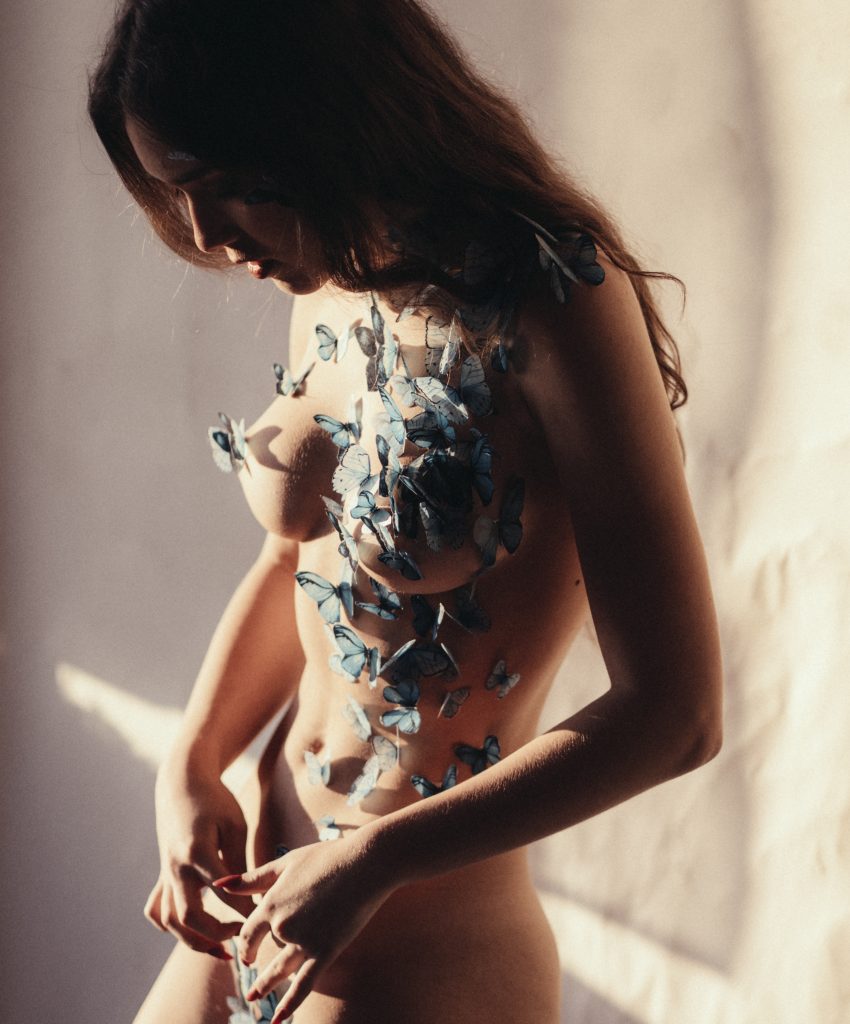
In Fierce: The History of Leopard Print (Harper Design), the author and burlesque expert Jo Weldon runs through a potted history explaining the allure of animal skin from the post-war 1920s to Dynasty and Debbie Harry’s 1980s – a cycle of glamour, trashiness, transgression and back. To Weldon, it is obvious why women would keep coming back to spots and stripes. “The pattern designed to help these dangerous animals blend in to their environments was one that a woman used to stand out,” she notes. And so this woman is “not necessarily saying that she is a predator, but she sure isn’t prey.” At a time when female sexuality, power and vulnerability have never been more talked about, there is a comfort in this subtle, subconscious subversion: no matter how many times you read a fashion editor coolly declaring that leopard skin is now a wardrobe neutral akin to a black polo neck or blue denim jeans, animal print retains a gratifying edge. In his 1954 manual, The Little Dictionary of Fashion, Christian Dior famously wrote that “to wear leopard you must have a kind of femininity which is a little bit sophisticated. If you are fair and sweet, don’t wear it.” And so the connotations have always been that it’s sexy, a bit raunchy, a bit daring, a bit wild. Animal prints and skins are widely believed to convey power to the wearer. Fabrics with patterns and colors imitating the skins of animals were made into fashionable dress as early as the eighteenth century, when elaborate silk designs emulating exotic furs inter-twined with expensive laces to evoke a sense of luxury and wealth. Characteristics associated with a particular animal, such as the fierceness of a tiger, are thought to be transferred to the wearer through animal-patterned clothing. Animal motifs are also widely regarded as erotic and thus tend to be utilized on clothing designed to attract others. For example, animal prints have a constant presence in overtly sexual lingerie. A person wearing an animal print makes a statement about confidence and expresses a desire to be noticed. These head-turning prints catch the viewer’s attention with their multicolored patterns and irregular designs. Their reputation ranges from classic and sophisticated in high fashion to cheap and trashy in popular fashion. Class and money complicate things further: Mrs Robinson allegedly gave it a pussycat allure while Pat Butcher was seen to make it common. Now’s the time to rewrite the rules and own it being both. Yes, women can wear leopard-print blouses to the office and claw down raised eyebrows. No, they don’t have to stick to the demure flashes of animal skin on shoes, handbags or a well-wrapped scarf. It is a print that has gone beyond being a current fashion statement to establishing itself as a wardrobe perennial. Elegant, knowing, arch – and as stylishly savage as it gets. From tiger stripes to cheetah spots, the patterns of the world’s big cats have been constants in the fashion world. The rosette pattern of the leopard has been a favorite. Graceful and powerful hunters, they suggest “feminine” cunning and instinct. The movie Tarzan the Apeman was a huge success when it was released by MGM in 1932. The revealing, leopard-patterned clothing of stars Johnny Weissmuller as Tarzan and Maureen O’Sullivan as Jane, created a sensation for leopard and cheetah prints during the 1930s. Blouses, coats, and scarves were some of the popular items made in animal prints during that time. These items represented the excitement and adventure of the jungle and an independence of spirit especially unusual for depictions of women during that time. The fashion designer Rudi Gernreich produced a collection of animal-patterned dresses with matching tights and underwear in 1968, documented in the movie Basic Black (1968) by the photographer William Claxton and the model Peggy Moffitt. Animal prints became very popular for dresses, leggings, and accessories in the 1970s and 1980s. Animal pelts and prints fit the free-spirited independence and heightened interest in world cultures in the 1970s. Animal motifs were perfectly suited to the combination of extravagance, bold patterns, and color in the 1980s.
Story by Andrea Guitierrez

